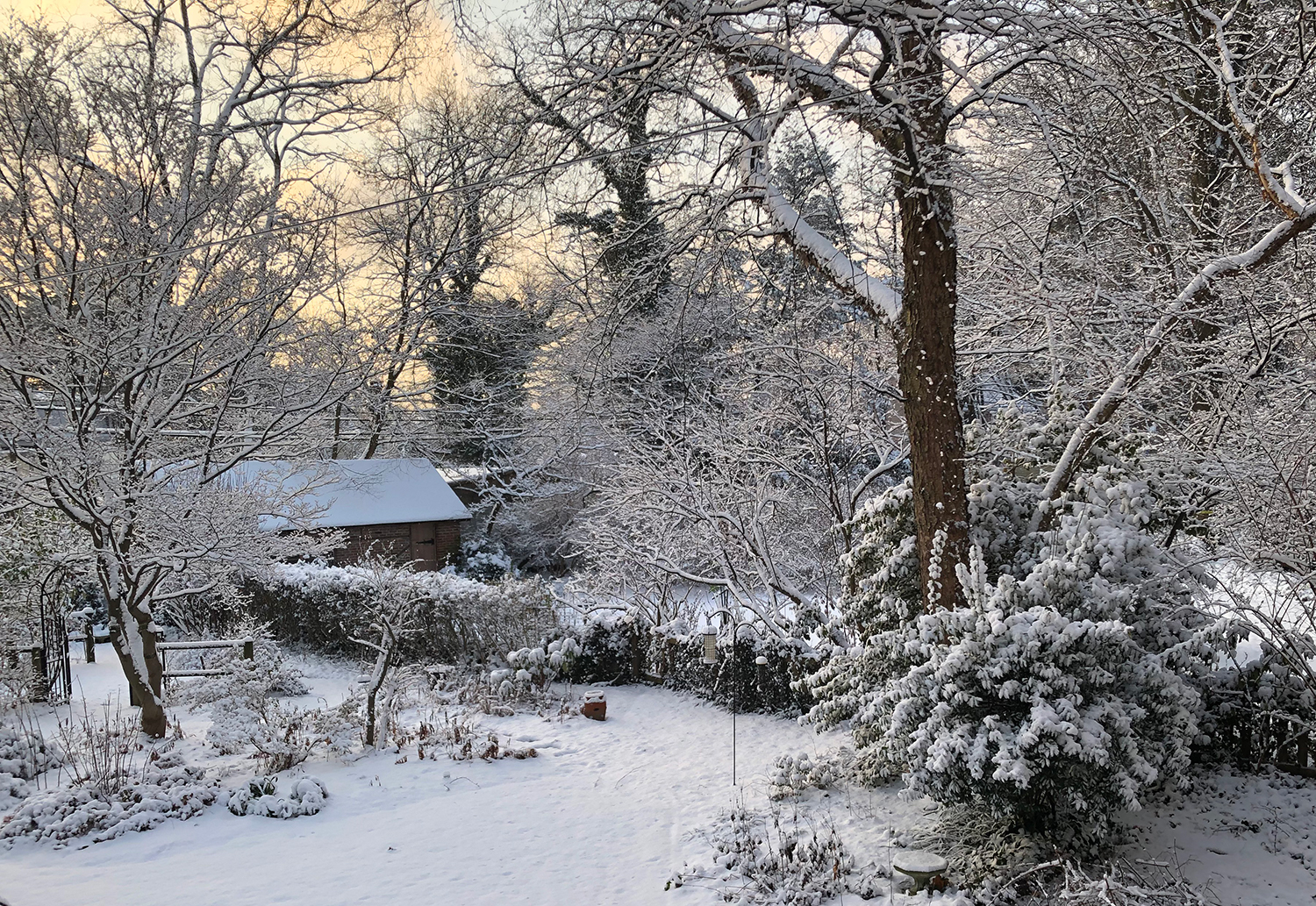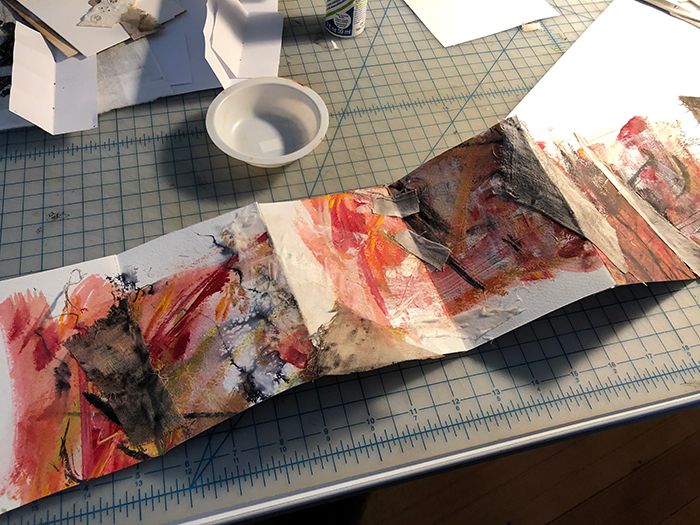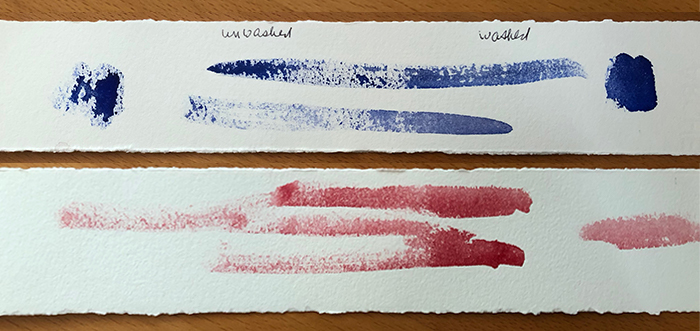This has been a very difficult time personally and I haven’t been in my studio for a while. In one month, I both broke my tibia and worst on March 4th lost my brother, Senter, to cancer.
I still haven’t been able to work but have started to document some smaller work I’ve done this past year in a small sketchbook. Mostly mark making, collage, and simple printing, resulting in mixed media books and other explorations. Some of this work was done in courses lead by Lorna Crane and by Sally Tyrie through Fiber Arts Take Two. Revisiting work is calming, a chance to slow down and think about my direction – how will this work influence future projects. I still have a ways to go with this documentation but here are some results to date. It’s a work in progress.


Mark Making Explorations: 1. Mark Making Book, 2. Painted Fabric Samples


1. Print: Incoming Tide, 2. Small collage using various types of simple printing


1. Prints, acetate images and machine stitches, from a series of 14, 2. More explorations, didn’t go with these


Three earlier fabric books, combined together with a leather cover. I’m still working on the cover.
























